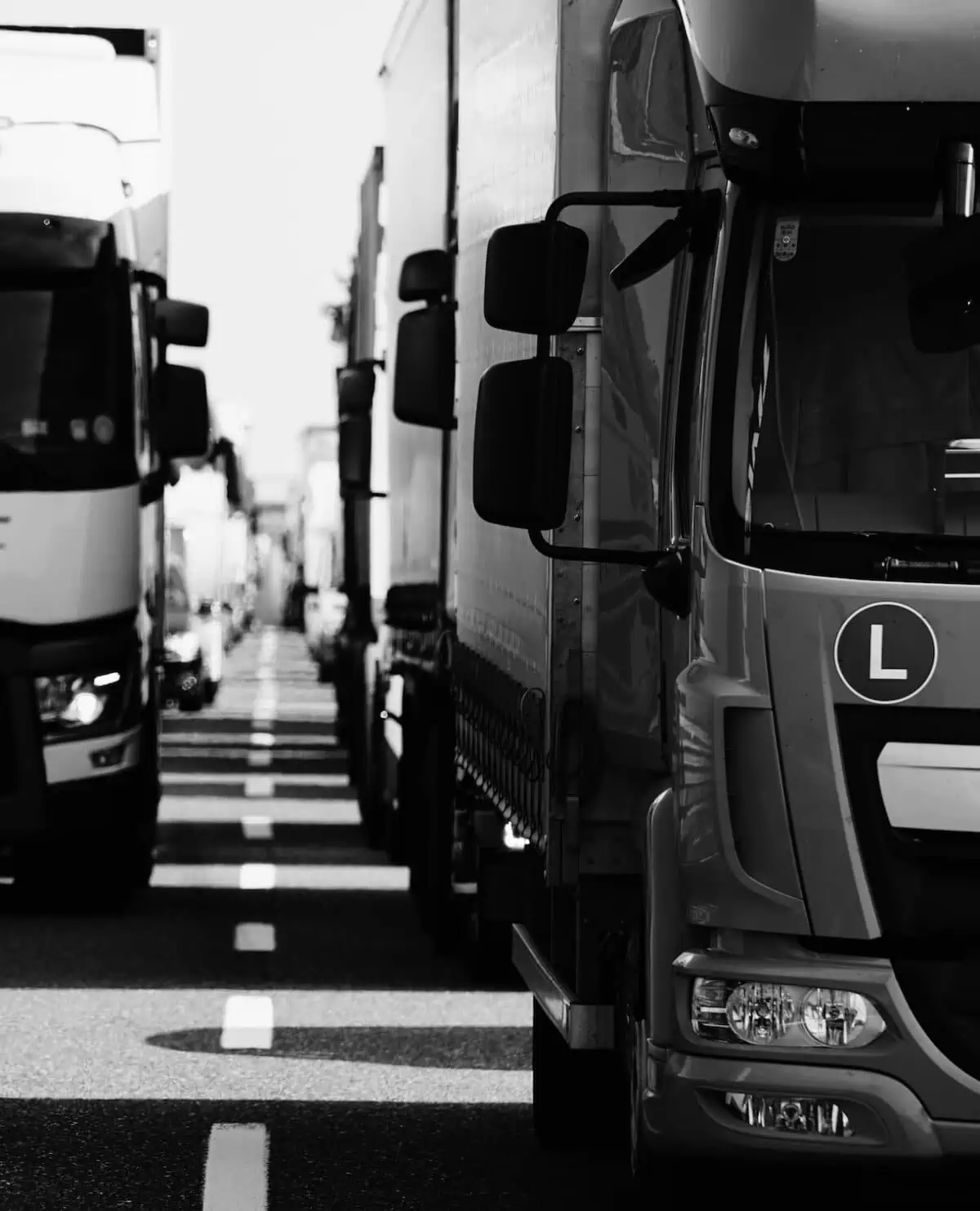In the bustling world of professional transportation, understanding and complying with the International Registration Plan (IRP) becomes quintessential for truck drivers and transportation company owners operating across various states, including Louisiana.
The IRP is a cooperative agreement among states of the US, the District of Columbia, and provinces of Canada, which recognizes the payment of commercial motor vehicle registration and licensing fees.
This article delves into the process of registration for IRP Louisiana, shedding light on its importance and guiding through its complexities.
Why Register for IRP in Louisiana?
Louisiana’s strategic geographic location makes it a central hub for transportation and logistics companies. Registering for the IRP in Louisiana not only meets legal requirements but also significantly simplifies the management of vehicle fleets across member jurisdictions.
This registration allows for the allocation of registration fees based on the total distance covered in each state or province, offering an efficient and cost-effective solution for multi-jurisdictional operations.
Start your journey toward compliance and streamlined operations with the Registration for IRP Louisiana through FMCSA Registration. This platform offers comprehensive support, ensuring that your paperwork is filed correctly and efficiently, thereby saving time and resources.
The Registration Process
The registration process for IRP in Louisiana, while straightforward, requires attention to detail and an understanding of specific documentation required. Here’s a basic outline of the steps involved:
- Determine Eligibility: To be eligible for IRP registration, your vehicle must be used for transporting persons for hire or designed, used, or maintained primarily for the transport of property, and:
- Have two axles and a gross vehicle weight or registered gross vehicle weight exceeding 26,000 pounds or 11,793.401 kilograms.
- Have three or more axles, regardless of weight.
- Be used in combination when the weight of such combination exceeds 26,000 pounds or 11,793.401 kilograms gross vehicle or registered gross vehicle weight.
- Compile Necessary Documentation: This includes proof of business establishment in Louisiana, vehicle title or lease agreement, proof of insurance, and detailed records of operations for distance reporting.
- Submit Application and Fees: Applications can be submitted through designated platforms like FMCSA Registration. The fees are calculated based on the type of vehicle, its weight, and the distance traveled in each IRP jurisdiction.
It’s essential to ensure that all provided information is accurate to avoid processing delays and potential legal issues.
Compliance and Enforcement
Compliance with the IRP is closely monitored by law enforcement agencies across all participating jurisdictions. Non-compliant vehicles may face hefty fines, impoundments, or other penalties, significantly impacting operational efficiency and profitability. Ensuring accurate distance reporting and timely renewals are crucial aspects of maintaining compliance.
Beyond Registration: Ensuring Comprehensive Compliance
The path to compliance doesn’t end with IRP registration. Participants should also be aware of other requirements such as the Arbitration Program which is another critical regulatory aspect for transportation businesses to consider.
This program aims to resolve disputes between moving companies and their customers, ensuring fair and efficient outcomes. Familiarizing yourself with such requirements can help avoid complications and ensure a smooth operation.
By following these steps and staying informed about additional obligations, transportation professionals can navigate the complexities of IRP registration in Louisiana and beyond, ensuring compliance, enhancing operational efficiency, and fostering growth in the competitive transportation industry.
Article and permission to publish here provided by Wales at Digitechreach. Originally written for Supply Chain Game Changer and published on March 1, 2024.
Cover photo by Wolfgang Hasselmann on Unsplash.

